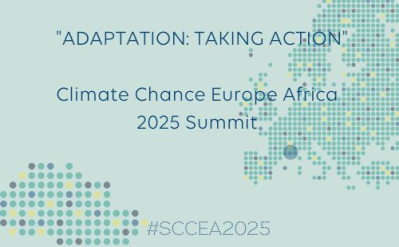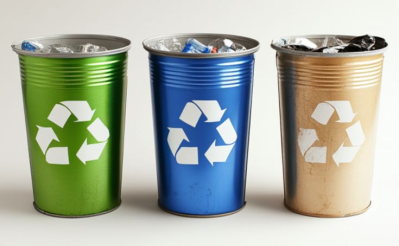News
EU Digest |Testing a digital deposit return system in Flanders
According to the Environmental review 2022 – Belgium Country report, Belgium is one of the EU top performers in waste management with a recycling rate for municipal waste of 54.7% in 2019 (EU average is 47.7%) of which 21% is composting waste. In terms of packaging, in 2019 Belgium had the highest recycling rate in Europe (83.5% according to Eurostat), well above the EU average (64.6%).
Yet, these values are not the same for all types of packaging. In 2020, less than half of plastic packaging (44.7%) was recycled in Belgium (37.6% EU average). Local authorities in Flanders have been struggling with the current collection of packaging waste for several years, with too much packaging still ending up as street litter, and consumers having difficulties to sort their waste correctly.
In order to improve this situation, in 2019, 11 Flemish inter-municipal waste organisations and the City of Antwerp took the lead and created a partnership to devise solutions and provide recommendations for a better packaging waste policy in Belgium, including Deposit Return Systems (DRS). You can find more information about the ‘Towards a better policy for packaging waste in Flanders’ report here.
In the framework of the revision of the Packaging and Packaging Waste Directive, ACR+ interviewed Piet de Baere, Policy Innovation advisor at OVAM, to get to know the position of the Flemish government and its plans to implement DRS.
ACR+ Interviews Piet de Baere (Policy Innovation advisor at OVAM) on 22 February 2023
What motivated the introduction of DRS in Flanders/Belgium?
The introduction of a DRS in Flanders/Belgium is mainly motivated by the reduction of important fractions within litter and to reach the ambitious EU targets on packaging collection.
In the course of 2023, the Flemish government will test the introduction of a digital system, which would allow to keep the actual collection system with blue bags (already bringing good results). By the end of the year, and according to the results and feedback, the government will decide whether to implement the digital system or a traditional one (bring back in stores).
The aim is to introduce a DRS for plastic and beverage bottles and cans by 2025. Talks are also ongoing in the Wallonia and Brussels state governments, with the aim to agree on a uniform system.
How does a digital system work?
Consumers will have to pay an amount when purchasing plastic drinks containers (bottles up to 3 litres) and cans. The amount of the deposit is still to be determined but must be sufficient to ensure a high collection rate (20 or 25 eurocent seems appropriate)
Consumers will not have to physically return the containers to shops. Instead, each drink container will have a unique code, which people can scan. Blue bin bags for home disposal – which are already in use for years – as well as dual-compartment street bins (for residual and packaging waste) will also be given such a code. If consumers scan both codes (the one on the container and on the bin bag/street bin), they will receive the money deposited on their account. Privacy is an important point of attention here.
What are the targets to reach?
The introduction of a deposit system for single-use packaging should ensure that the packaging collection rates will continue to increase. The Flemish packaging plan (2018) set the commitment to collect and recycle 90% of beverage packaging by 2022. Yet, this objective was not fully achieved. Reaching this target would contribute to fulfilling the target set by the EU Single Use Plastic Directive on separate collection and recycling 77% by weight of single-use plastic beverage bottles of less than 3 liters by 2025 and 90% by 2029. The draft Flemish plan on household waste (to be approved soon by the Flemish government) also includes targets on littering that will need to be reached.
Do you think that this system will work in practice? What are the advantages and drawbacks of the digital system?
The digital system presents certain advantages, such as continuation of the good results already obtained with the blue bag collection. The blue bag is used by households to separately dispose of plastic and aluminium packaging waste, among others. Yet, there are some technical and operational challenges to face, for instance the impact on littering or preventing fraud.
Another important point of attention is the accessibility of the system by all the citizens. The system should be user friendly and provide alternatives for those who find difficulties with digital applications.
The new proposal set targets on the prevention of packaging and increase reuse for several types of packaging. How is the Flemish government planning to achieve targets for prevention and reuse?
In Flanders there is a voluntary take back scheme for beer, water bottles and soft drinks. For beer, this exists for most Belgian brands. For wine it exists for own brands of some supermarkets depending on the location where is bottled.
There are however no targets on prevention and reuse of packaging. Under the Flemish Green Deal participating organisations are implementing pilots on a voluntary way to test among others the potentials of prevention and reuse of packaging in different sectors such as take-away or e-commerce.
Do you want to know more about Digital Deposit Return Systems? Have a look at this factsheet from Reloop.












